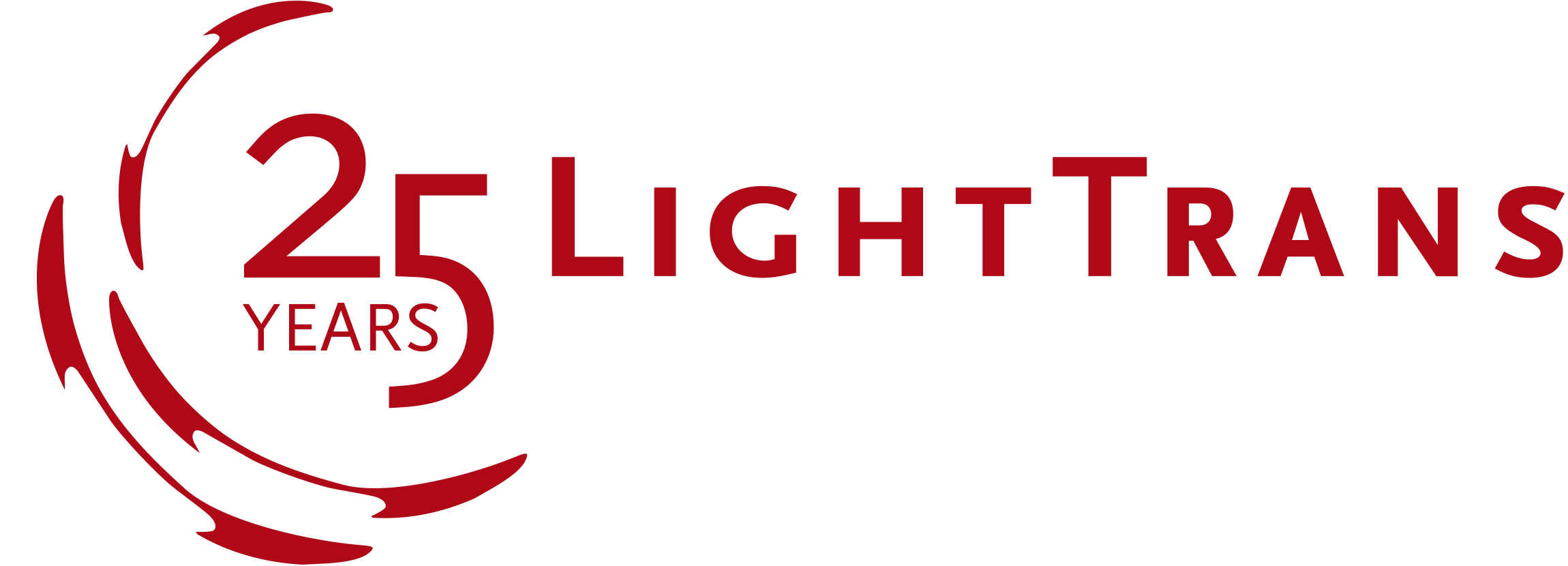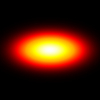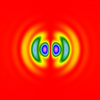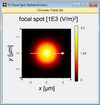Beam Delivery
The design of refractive lens and mirror systems is the basis for laser beam control, including:
- collimation
- focusing
- beam expanders
- beam guidance
- laser scanners
- transversal beam shaping
The software VirtualLab Fusion enables further performance improvement of such laser systems obtained from a ray tracing design. This is possible by parametric optimization and Monte-Carlo tolerancing techniques in combination with the unique field tracing simulation engine, which takes physical optics effects (like beam diffraction and polarization) into account.

Selected Use Cases
Find detailed technical information in the following selected samples:
High-power laser diodes often exhibit asymmetric divergence and astigmatism. Collimation of such a laser diode is investigated with both ray tracing and field tracing.
A laser diode with asymmetric divergence and astigmatism is first collimated and then focused. Evolution of the field in the focal region is investigated in detail.
When a linearly polarized beam is focused by a high-NA lens, the focal spot shows asymmetry due to the relatively strong E(z) component.

A fast approach for light propagation through GRIN medium, which includes the polarization crosstalk effect, is implemented, and its validity and advantages are shown in comparison with rigorous solver.
The variation of the focal length due to thermal lens effect and the changes of focal spot diameter are demonstrated with respect to the input laaser power.
With the parametric optimization in VirtualLab, the design of a fiber coupling lens with conical surface, for efficient coupling into a single-mode fiber is presented.
For the task of coupling light into a single-mode fiber, two commercially available lenses are selected, and their performance are evaluated by using the overlap integral.
Related Information
We invite you to download a trial version of VirtualLab Fusion. Please contact our experts for advice.
Find other samples incuding technical background information in our download area.










